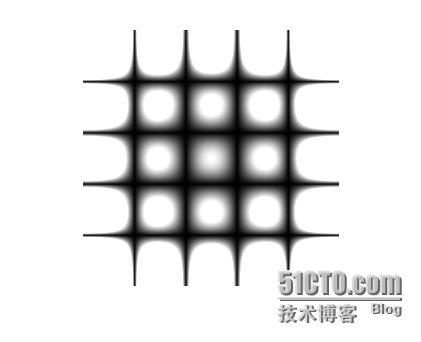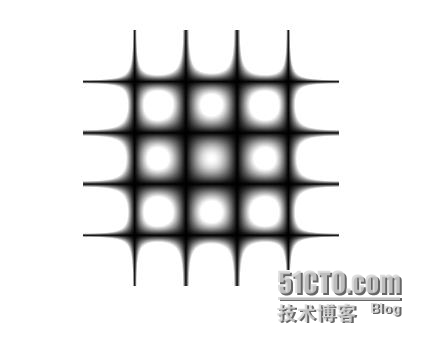经常可以在文献上看到2D-FFT能够以两个1D-FFT来实现,今天我用MATLAB证明了,的确如此。MATLAB的代码如下
clear all;
clc;
f=ones(256,256);
center_loc = size(f);
rd = 2;
f(round(center_loc(1)/2)-rd:round(center_loc(1)/2)+rd, round(center_loc(2)/2)-rd:round(center_loc(2)/2)+rd) = 0;
figure(1);imshow(f);
f2=fft2(f);
f3=(abs(f2));
figure(2);imshow(f3);
tmp=zeros(center_loc(1),center_loc(2));
%-the first 1D-FFT, for each row
for i= 1:center_loc(1)
tmp(i, :) = fft(f(i, :), center_loc(2));
end
%-transpose the tmp, for column-based 1d-fft
tmp = tmp';
%-the second 1d-fft, for each column
for i= 1:center_loc(1)
tmp(i, :) = fft(tmp(i, :), center_loc(2));
end
tt = abs(tmp);
figure(3); imshow(tt);以下三张图从上到下,分别对应代码中的figure(1~3)。
Figure(1):

figure(2):

figure(3):

最后
以上就是醉熏金鱼最近收集整理的关于证明2D-FFT能够拆分成两个1D-FFT的全部内容,更多相关证明2D-FFT能够拆分成两个1D-FFT内容请搜索靠谱客的其他文章。
本图文内容来源于网友提供,作为学习参考使用,或来自网络收集整理,版权属于原作者所有。

![[HDU 4609] 3-idiots (计数+FFT优化卷积)](https://file2.kaopuke.com:8081/files_image/reation/bcimg14.png)






发表评论 取消回复